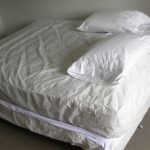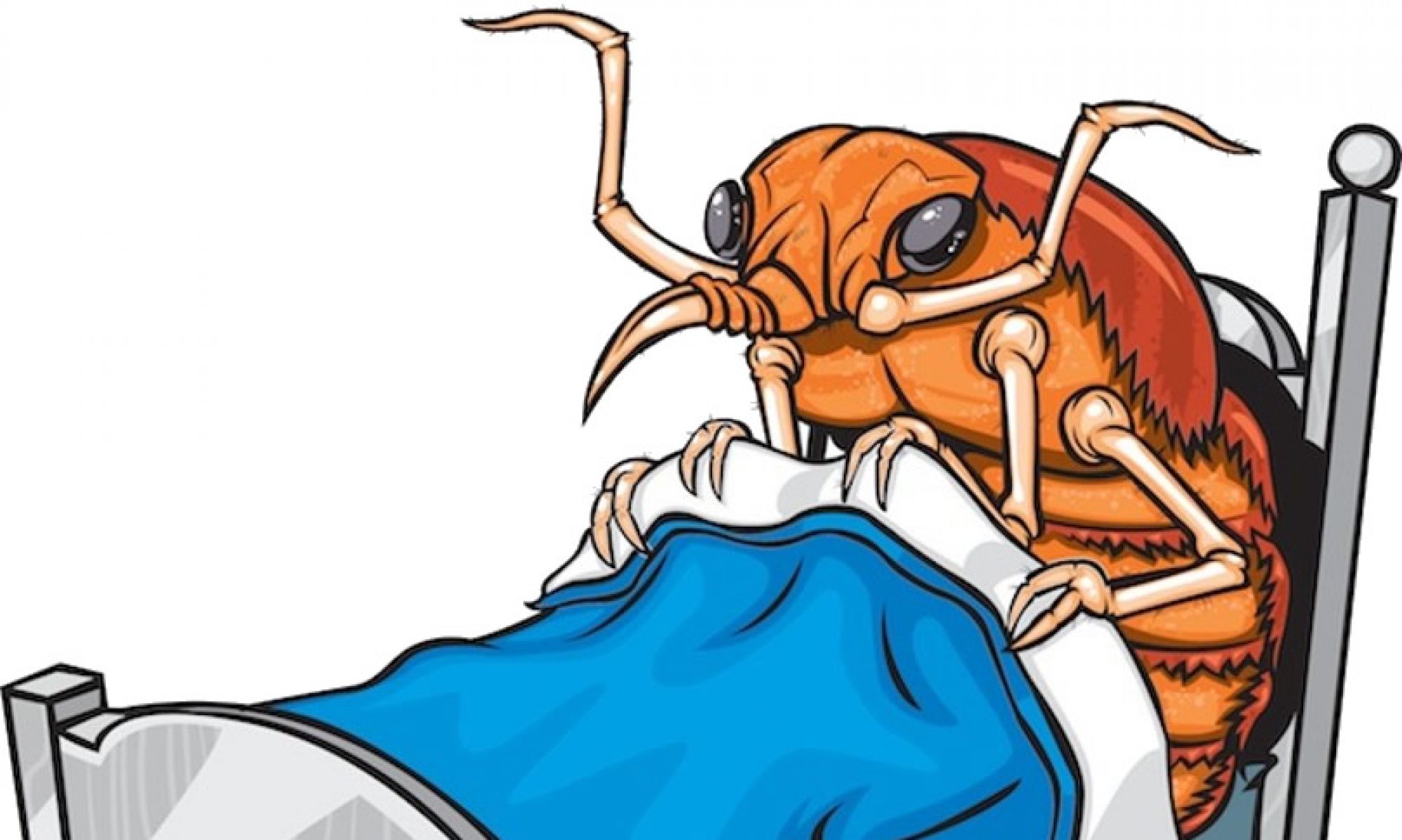Bed bug inspections will vary in complexity depending on: The site (private home, apartment unit, hotel, office, etc.)
 The purpose of the inspection:
The purpose of the inspection:
- Confirming an infestation Identifying all infested areas to determine treatment tactics
- Verifying that an infestation has been eliminated
- The extent of the infestation (low-level infestations are typically more difficult and time consuming to inspect than are widespread, heavy infestations).
An initial bed bug inspection should include at a minimum:
- Carefully inspecting sheets, pillowcases, and other bed linens, mattresses, box springs, bed frames and headboards by checking all seams, piping, straps, and other hiding places for live bed bugs, cast skins, fecal staining, and eggs.
- Looking for evidence of bed bugs in cracks, crevices, and other typical bed bug hiding places near the beds, and areas where people have reported seeing bed bugs or being bitten.
- In addition, inspections may include, depending on the site, and if necessary.
Such things as:
- Inspecting inside and underneath furniture, including the removal of drawers from dressers and other items.
- Inspecting behind pictures, wall hangings, and drapes.
- Lifting the edge of carpeting and inspecting behind baseboards in suspected areas.
- Inspecting for bed bugs on, under, and inside upholstered furniture.
- Further investigation of any site where bed bug fecal material is observed.
Inspection outside the Bedroom:
- Bed bug inspection should include areas outside of bedrooms where people
 spend time resting.
spend time resting. - In commercial settings, depending on the extent of the infestation,
- inspections may be expanded to other areas which may include:
- Laundry carts, laundry rooms, janitorial closets, and storage areas.
- Common areas such as recreation rooms, break rooms, social centers, lounges, and waiting rooms where people congregate.
- Obtain authorization to inspect rooms or apartment units next door, above, and below, the infested room(s).
In residential settings:
- Inspect hallways, closets, storage boxes, pet beds/cages, desks, and other areas that may harbor bed bugs.
- Inspect the living room, family room, and other non-sleeping areas.
The goals of a comprehensive bed bug inspection should be:
- To determine if treatment is necessary.
- To identify special considerations such as the presence of ill residents, pets, or young children.
- To determine the best methods of control and estimate the amount of labor that will be needed.

